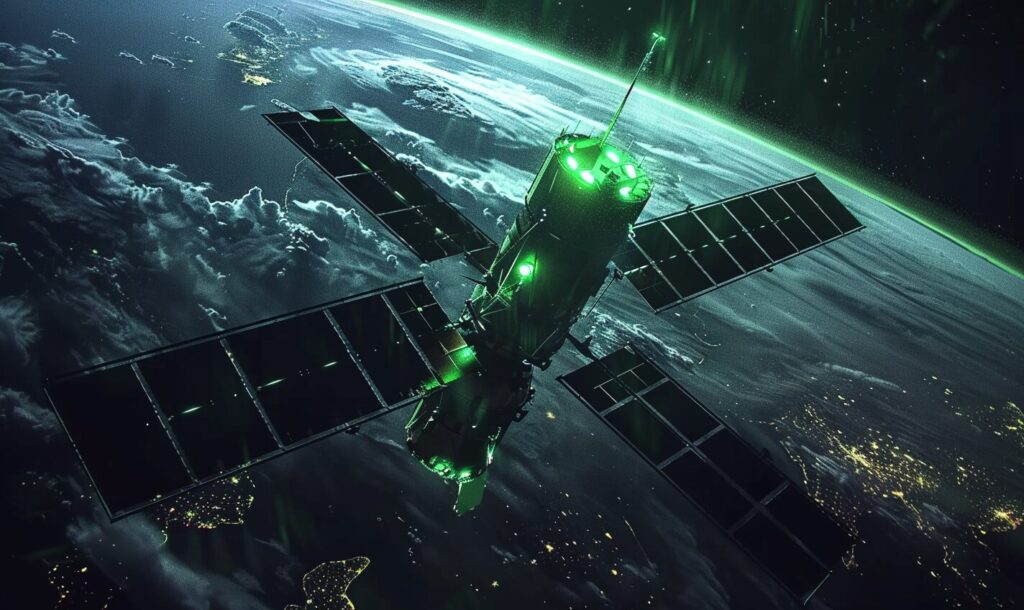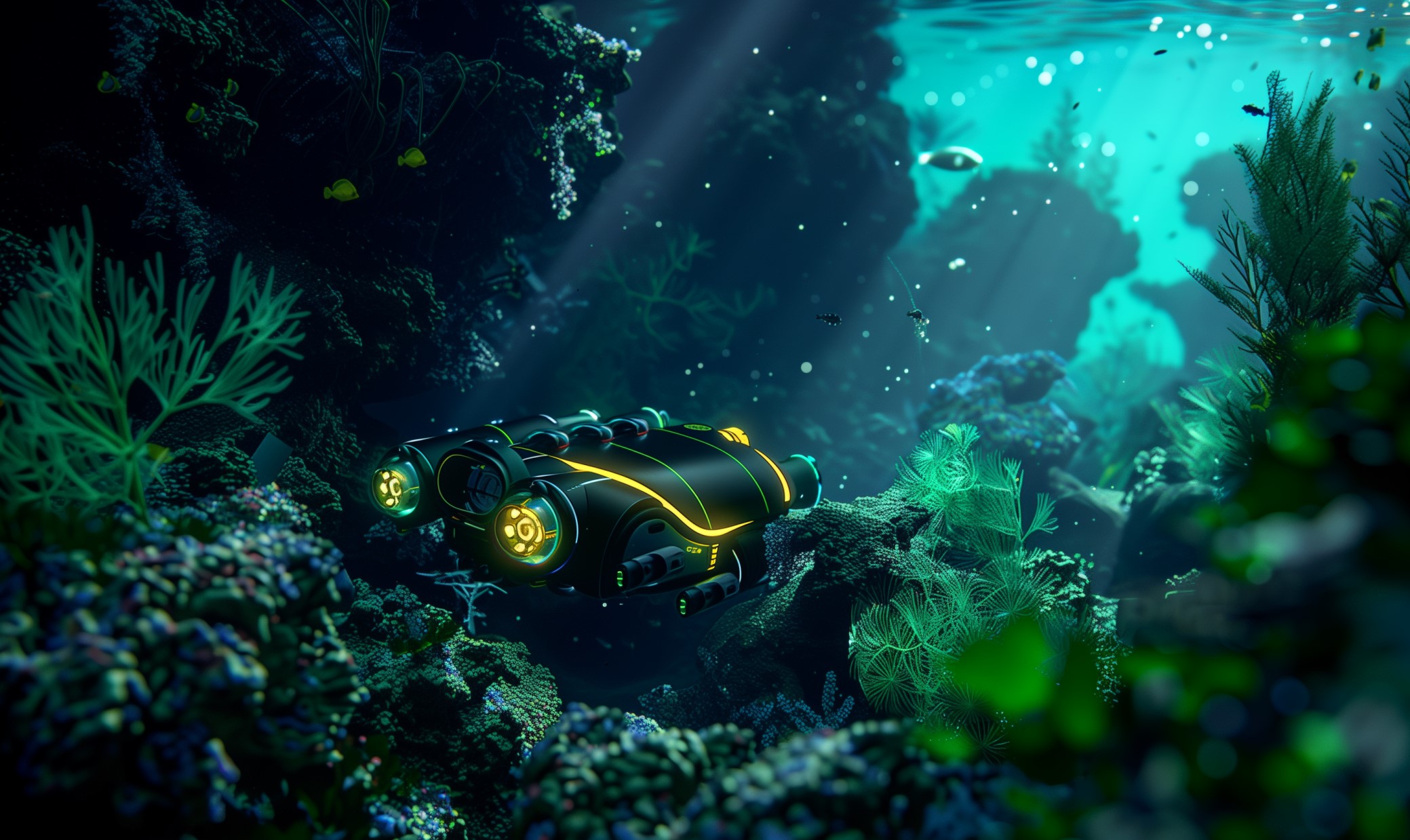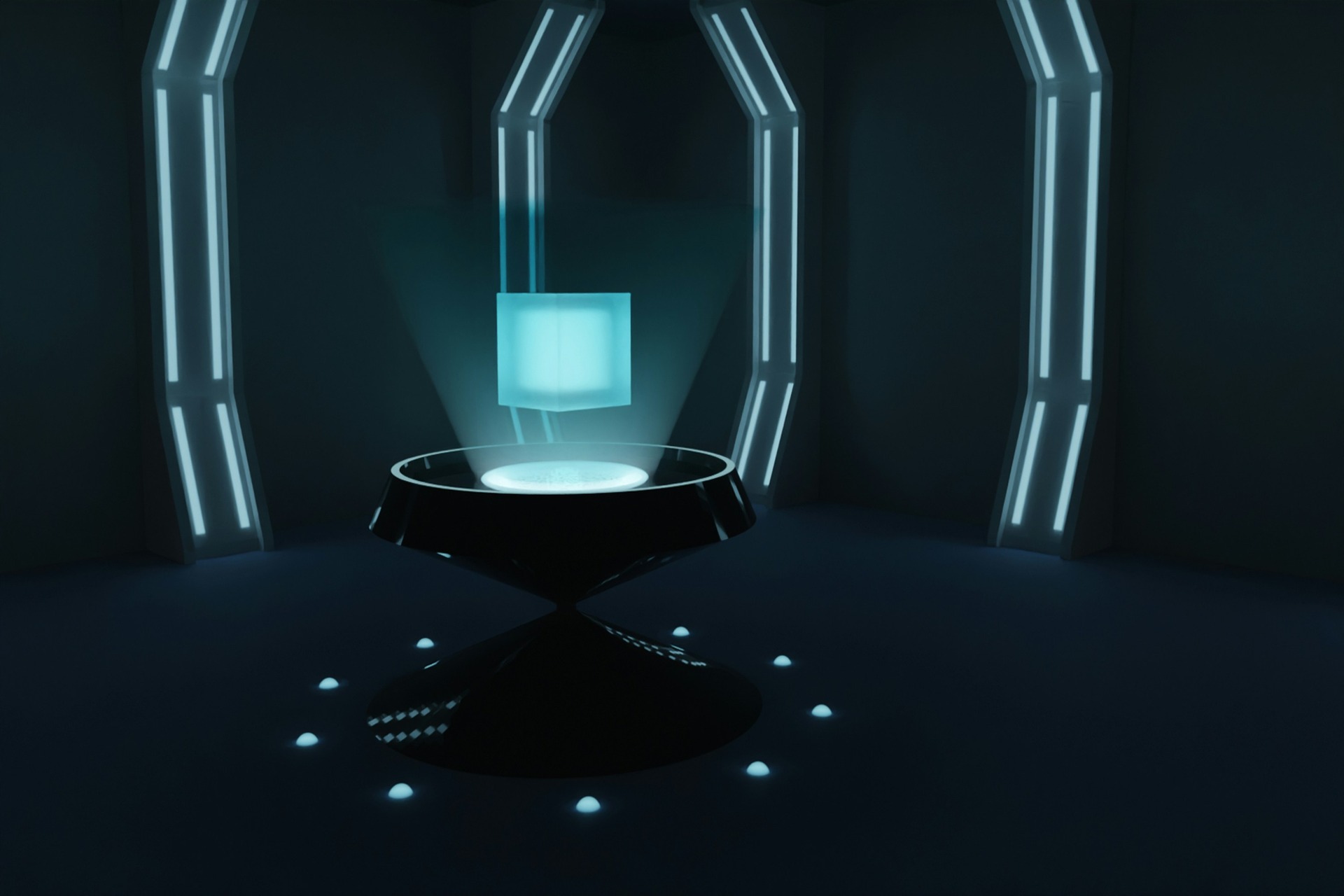Have you heard about NASA’s plans for a lunar crater telescope?
When you look up into the night sky, the brightest thing in sight is the moon for most of the month — our orbiting satellite and nearest celestial neighbor. Right now, thanks to a deadline set by Vice President Mike Pence, everyone’s focus is on that lunar surface — how we’re going to get there and how we’re going to make it safe for people to stay.
The National Aeronautics and Space Administration (NASA) is also looking further ahead at how we can use the moon to improve our understanding of the Universe.
With that in mind, they’re planning to use a crater on the moon’s dark side to construct a lunar telescope. But how will this telescope work, and why is the dark side of the moon the better choice for building this device?
Building a lunar telescope
Right now, researchers are proposing putting an ultra-long-wavelength radio telescope on the dark side of the moon. This area is the surface that always faces away from us because our satellite is tidally locked. That means that, while it does orbit us, it doesn’t rotate on its axis, so we only ever see one side of the moon. If the project moves forward, the telescope will be suspended above a large crater — one 2-3 miles in diameter — on the moon’s far side.
The biggest challenge that radio telescopes on Earth face is electromagnetic (EM) interference. Everything, from your cell phone to the microwave in your kitchen, produces EM fields. We’ve learned how to compensate for some of this interference. However, we’re missing out on a lot of the information we might otherwise collect because our ionosphere deflects frequencies less than 30 megahertz away from the planet.
By putting a telescope on the far side of the moon, scientists help it to avoid the EM interference we generate on Earth. Additionally, it won’t miss out on low-frequency emissions as the moon doesn’t have an ionosphere to deflect those radio waves.
NASA is currently awarding $125,000[KS1] [JT2] for phase one of its Innovative Advanced Concepts Program to enable researchers to study the feasibility of such a telescope.
Creating a perpetual presence on the Moon
Creating a massive telescope on the moon’s far side is just one of the things NASA is working on right now concerning our satellite. Early in 2019, Vice President Mike Pence gave NASA a five-year deadline[KS3] [JT4] regarding two things: Getting human beings back to the moon by 2024 and having a permanent human presence on the lunar surface by 2028.
A leaked NASA plan obtained by Ars Technica contains details for an astonishing 37 launches to the Moon[KS5] [JT6] during this period, which will carry the Artemis astronauts to the lunar surface. Scientists will also work on creating the planned Gateway orbiting station around the moon and constructing a permanent base on the moon’s surface.
The biggest challenge in moving everything to the moon is the cost of getting necessary astronaut supplies into orbit. It costs roughly $10,000 to launch 0.99 pounds into space, so moving things like steel, concrete and glass would be prohibitively expensive.
NASA is looking for ways to reduce costs. These strategies could include using astronaut pee — or rather, the urea in their urine — as an ingredient in the cement they’ll eventually use to create permanent moon structures.
Becoming an interstellar species
We’re still a long way off from traveling the Universe like we do in science fiction stories. However, the new telescope on the dark side of the moon could paint a picture of outer space we couldn’t see otherwise. Either way, we’re taking our first steps into the void and heading toward becoming the interstellar species we’ve always dreamed of being.
Recent Stories
Follow Us On
Get the latest tech stories and news in seconds!
Sign up for our newsletter below to receive updates about technology trends














